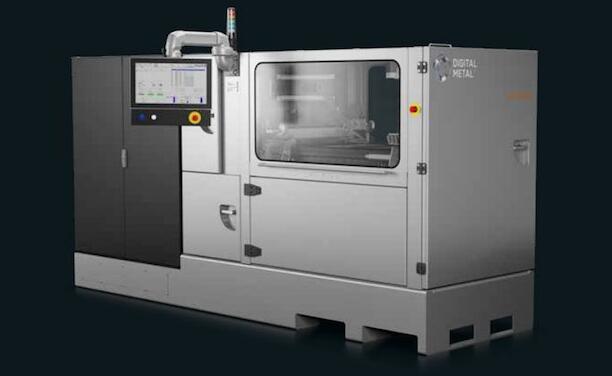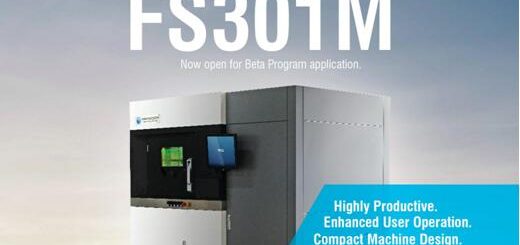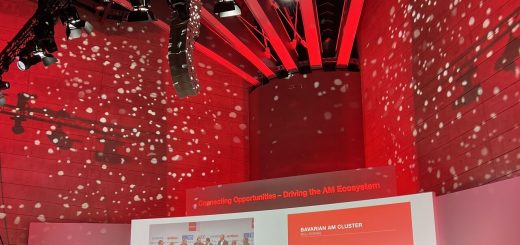The MTC to Install UK’s First Digital Metal Binder-jetting 3D Printer
The Manufacturing Technology Centre (MTC) in Coventry, UK, is set to add a Digital Metal binder-jetting 3D printer to its range of advanced manufacturing equipment this Summer.
Set to be operational from July, the machine will be installed inside the MTC’s National Centre for Additive Manufacturing (NCAM), which offers expertise across a comprehensive range of AM processes, from initial design to final delivery of pre-production parts.

The printer will be available to both its member companies and other organisations interested in testing the capabilities of binder jetting. This installation marks a first for this kind of technology in the UK which the MTC believes will provide an opportunity for UK industry to utilise its unique capabilities for small, highly complex, high precision parts.
“The Digital Metal binder jetting technology falls into the category of ‘bind-and-sinter AM’, where a multi-stage process chain incorporating sintering is required to achieve full density.” says Dr David Brackett, AM Technology Manager at the NCAM. “It’s a very fast technology that can create complicated and highly detailed designs, and there is potential for wider material choice than with AM processes that use melting. We are delighted to be able to offer this to the companies we work with.”
Digital Metal’s DM P2500 was officially launched at TCT Show last year to deliver high precision printing at an accuracy of 1µm for small and intricate metal components.
In addition to working with 3D printing technologies from EOS, Renishaw, Stratasys and HP, the MTC also conducts advanced research in Metal Injection Moulding (MIM) which requires a similar set of post-processing steps to metal binder jetting.
“Digital Metal’s technology offers great potential for metal AM productivity and capability”, says Usama Attia, Technical Specialist at the NCAM, who is applying his expertise in MIM processing to bind-and-sinter AM technologies. “I am particularly impressed by the production speed, and the quality of the parts produced are comparable to MIM in terms of level of details, tight tolerances and quality of surface finish, with the added advantage of geometrical complexity.”
Sources: TCT




Recent Comments